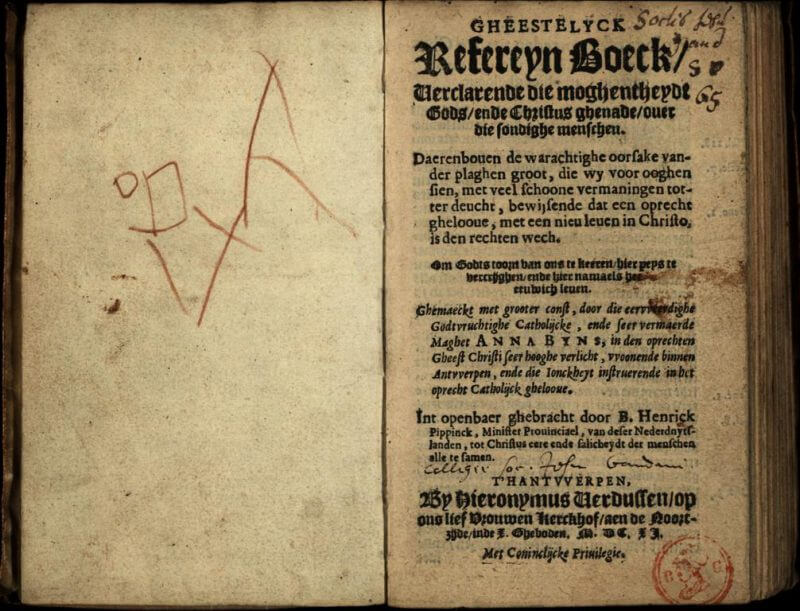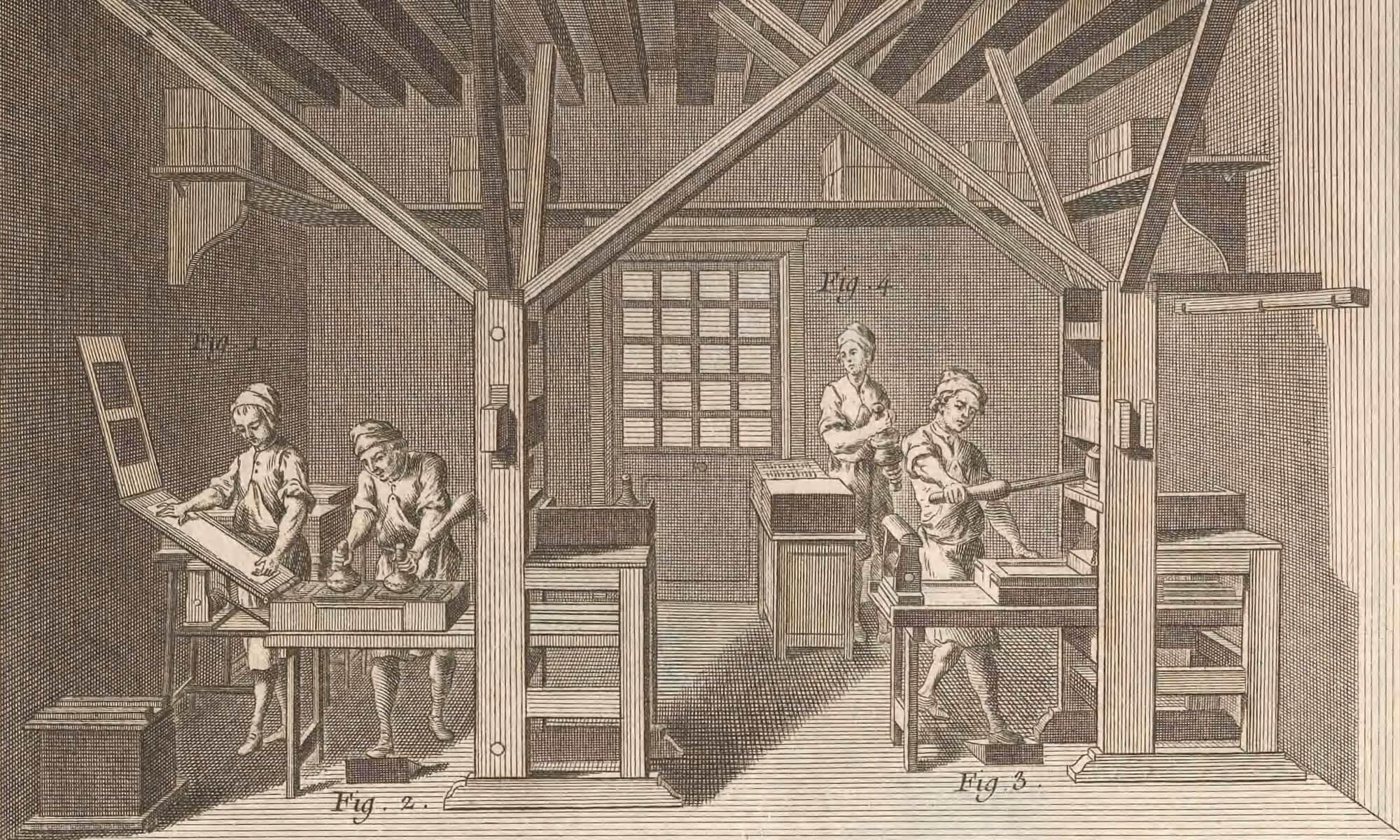Alciati, Emblemata, 1542 (A1r)

Ames, Typographical antiquities, 1749 ([A]1r)

Anatomical fugitive sheet (1573)
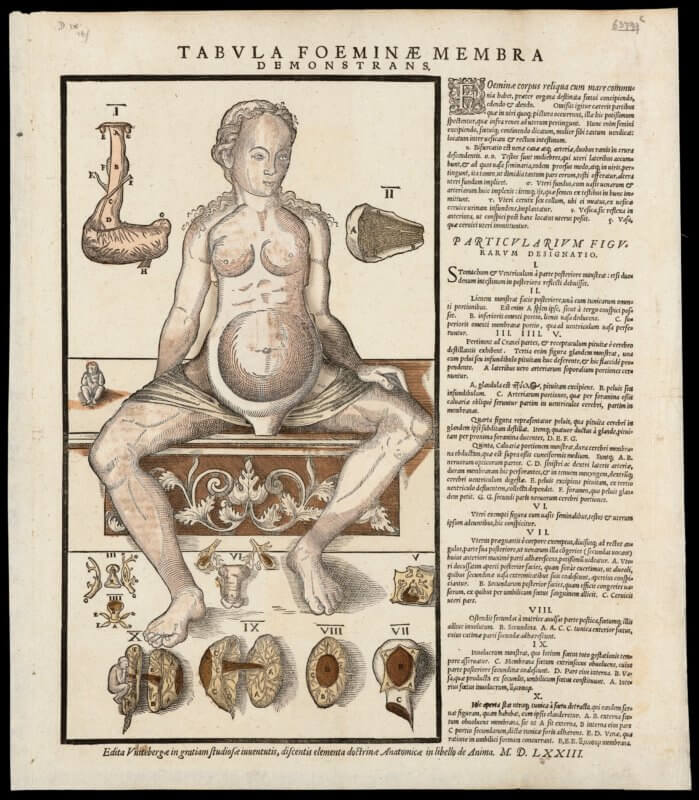
Anatomical fugitive sheet, flap 1 (1573)
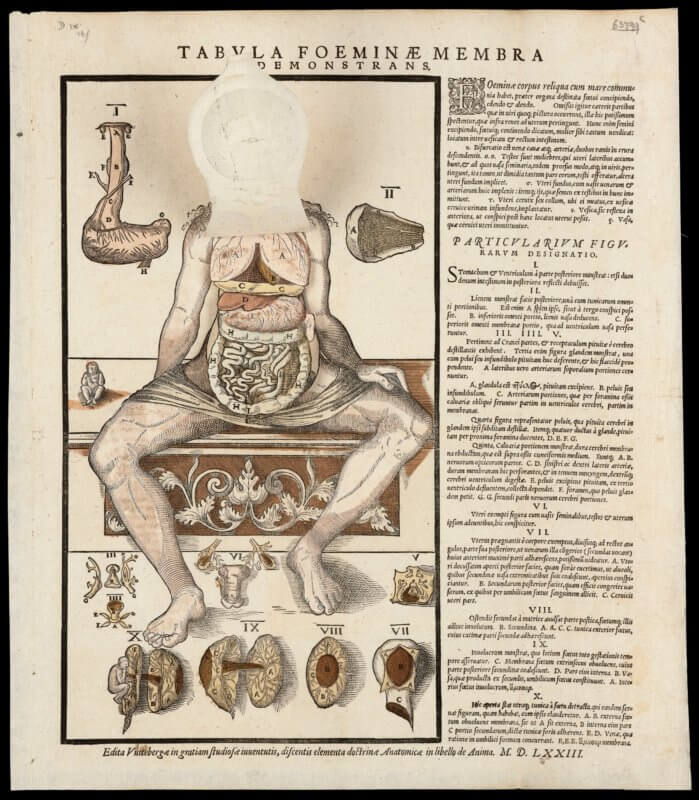
Anatomical fugitive sheet, flap 2 (1573)
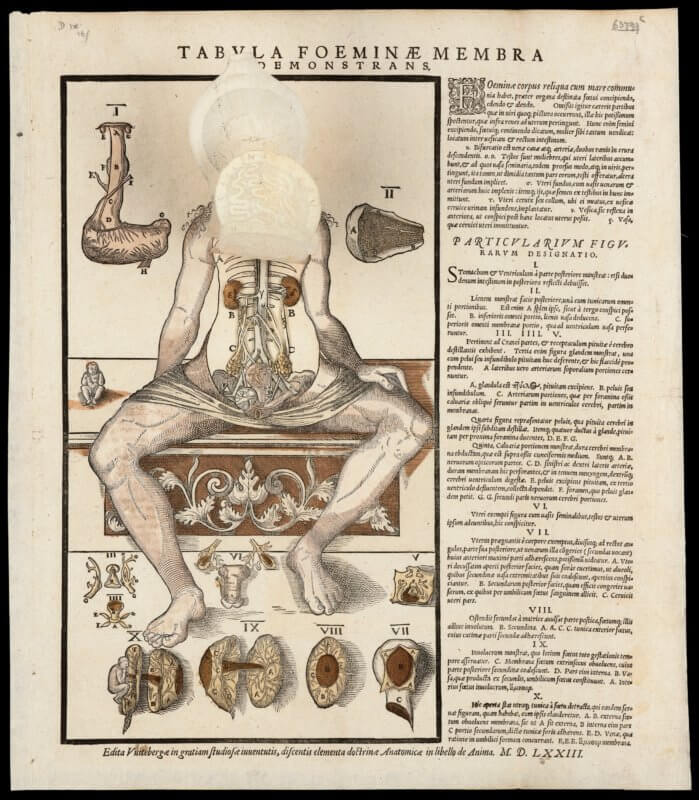
Anatomical fugitive sheet, flap 3 (1573)
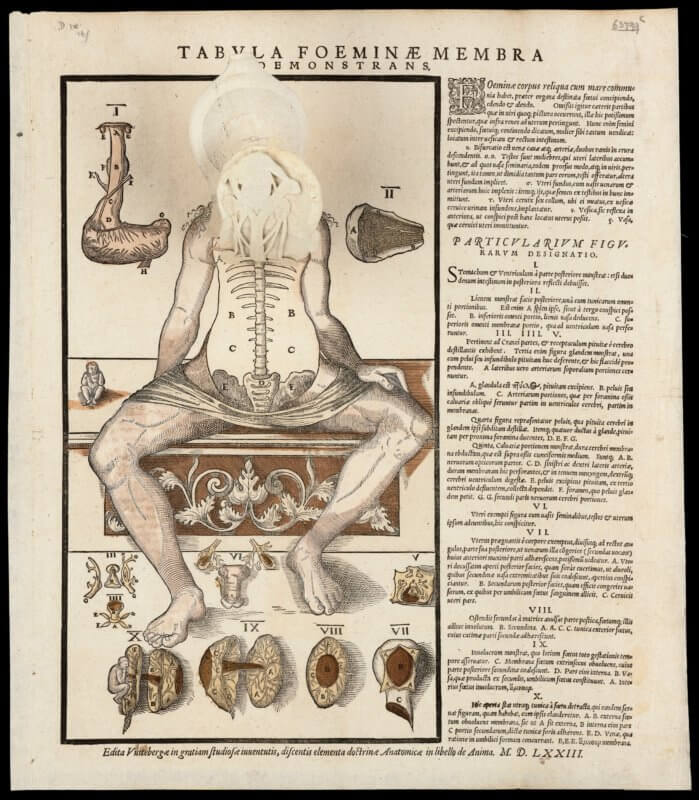
Beaumont and Fletcher, Philaster, 1661 (A1r)
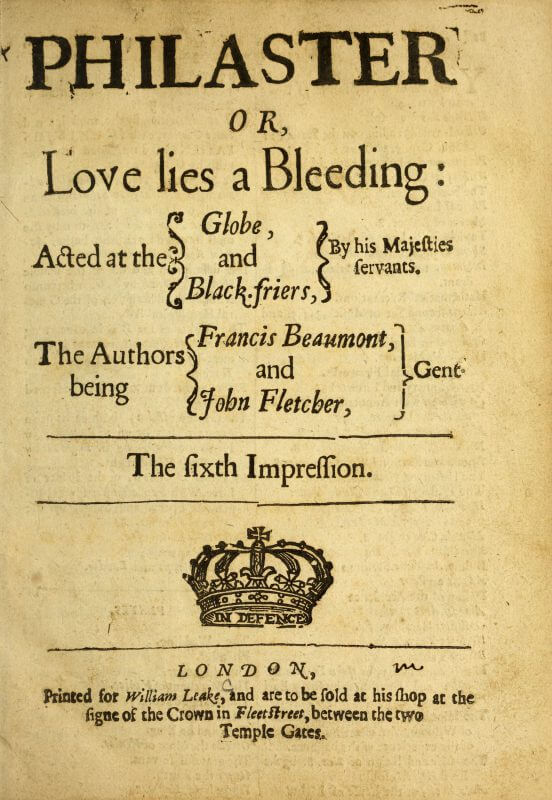
Behn, Widdow Ranter, 1690 (A1r)
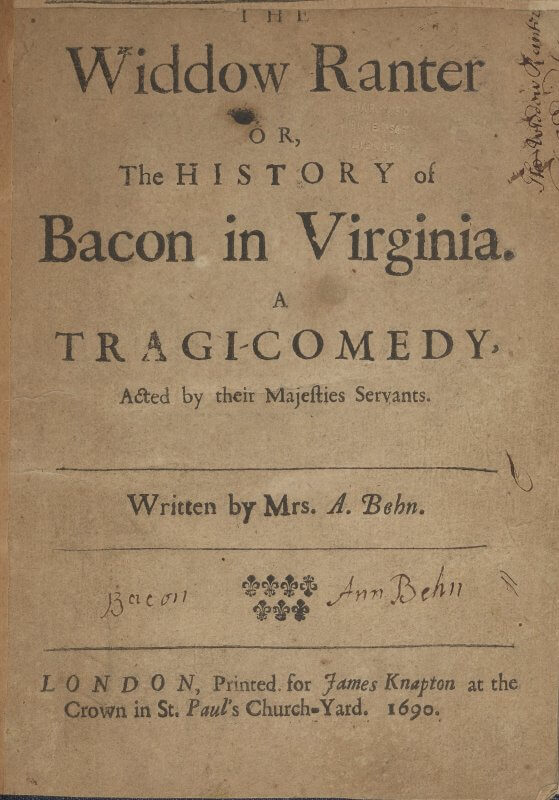
Bible, English, 1611 (πA1r)
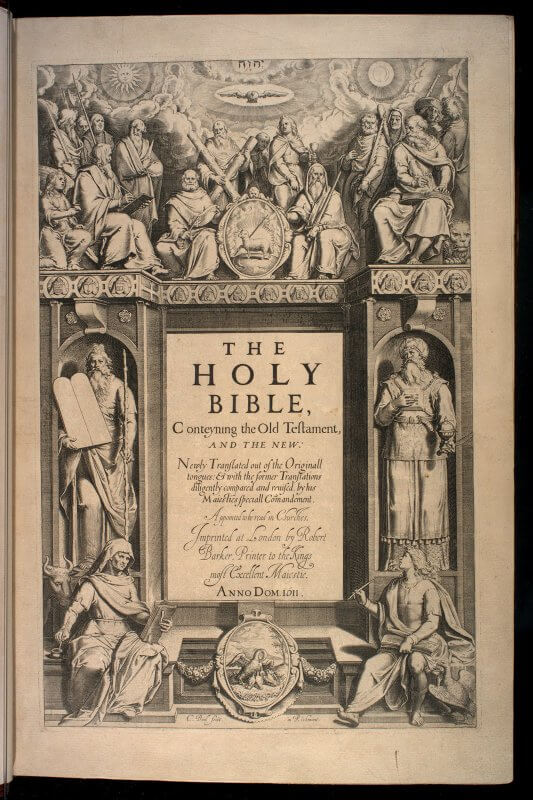
Bijns, Refereyn, 1611 (A1r)
